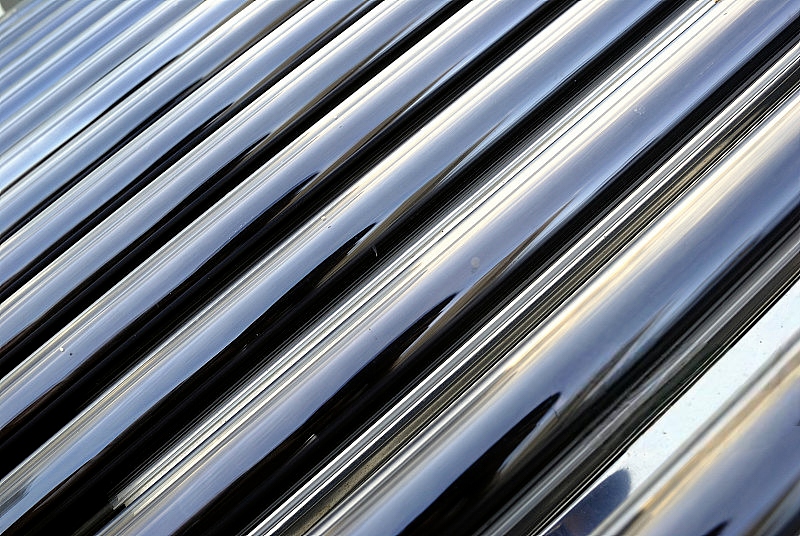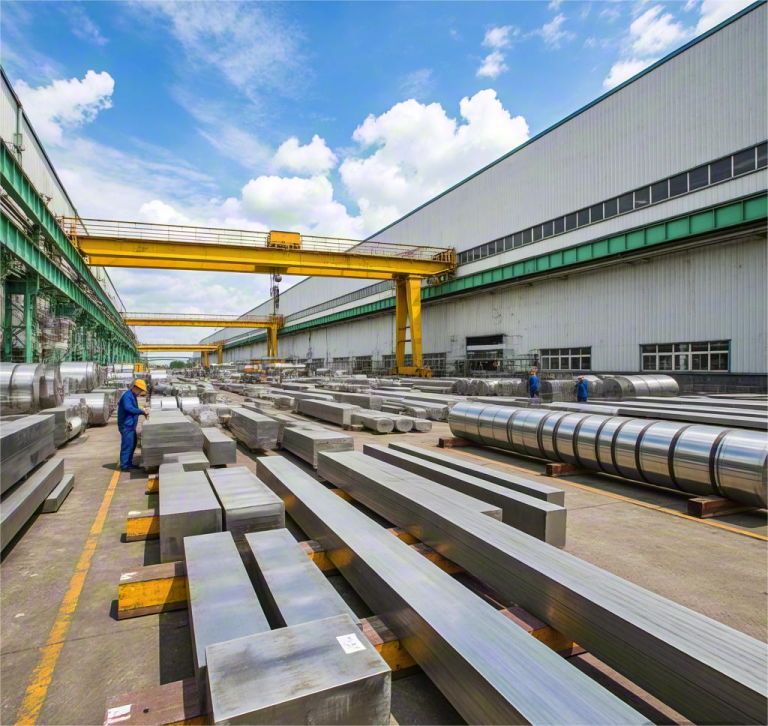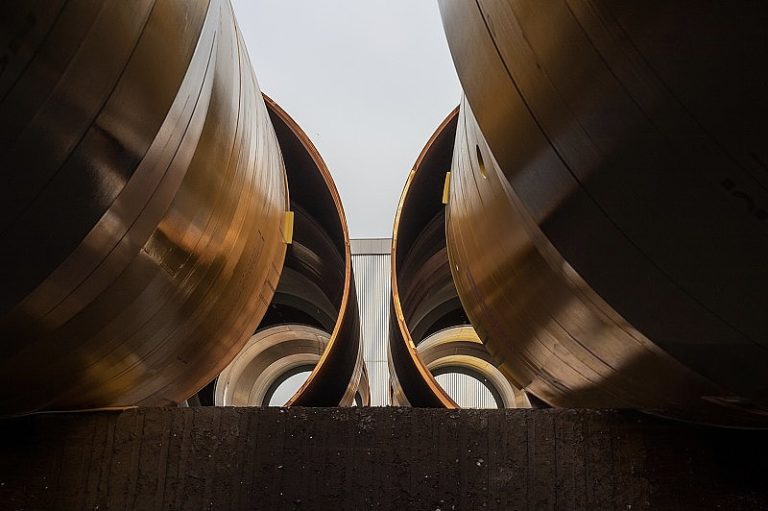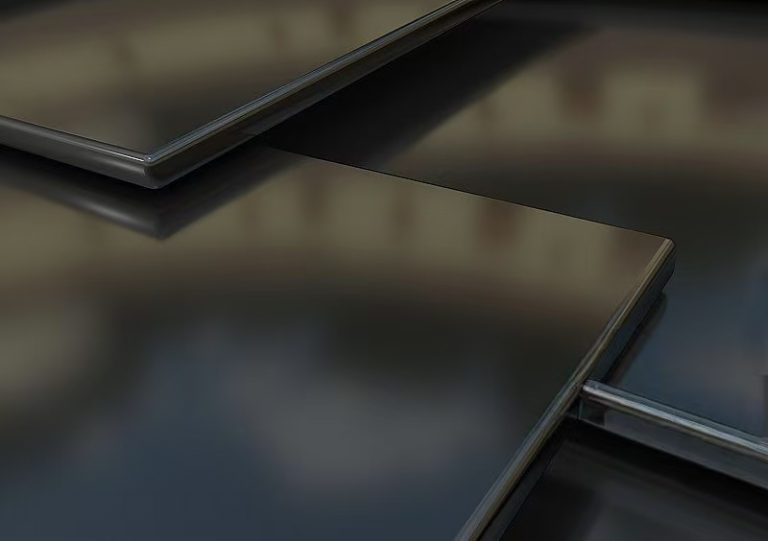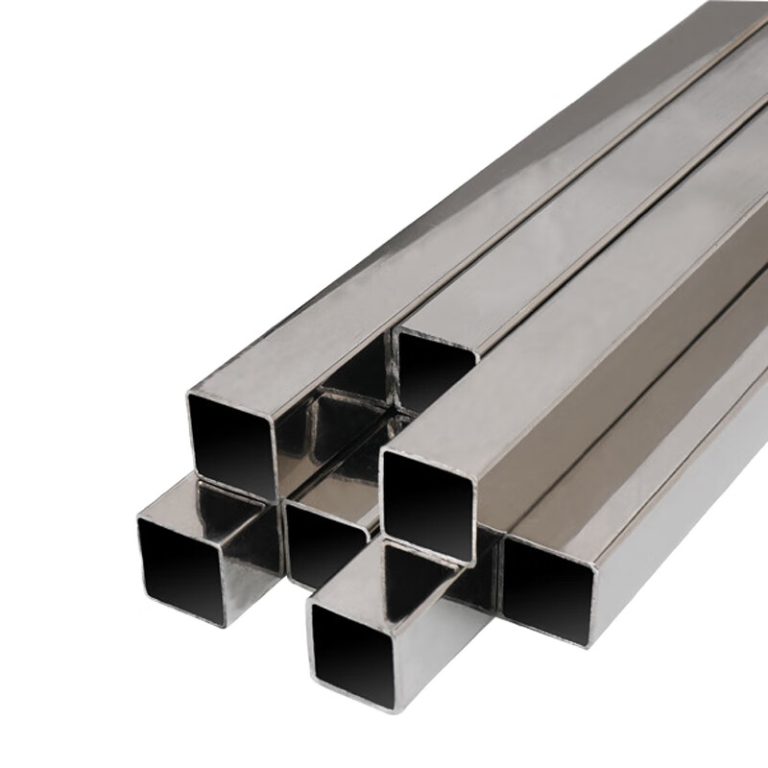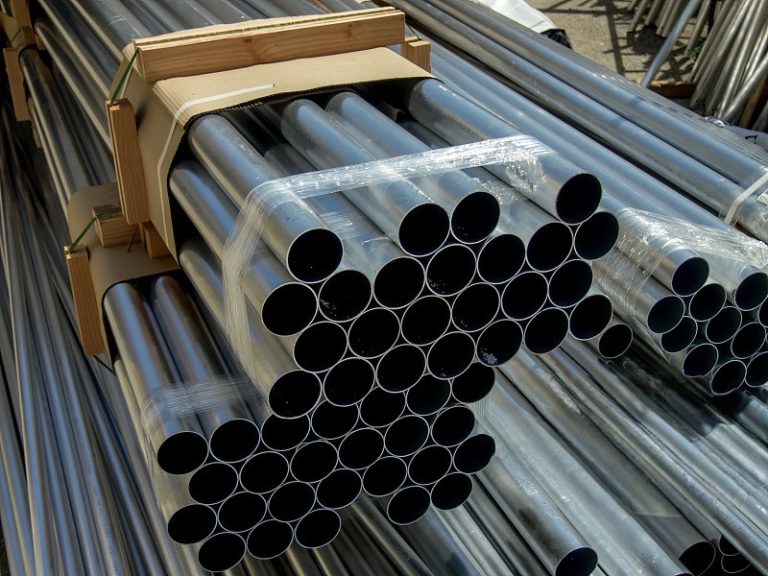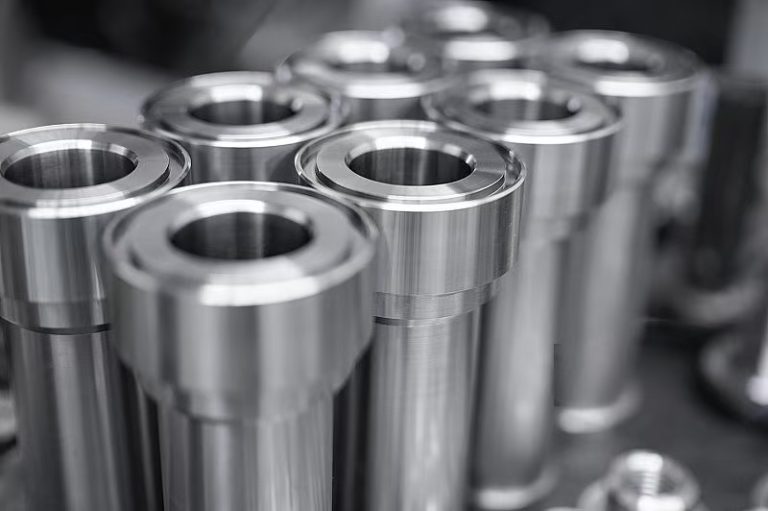What are the differences between seamless steel pipes and welded steel pipes?
Difference 1: Different raw materials used for production
The materials for seamless steel pipes include ordinary and carbon structural steel (such as Q215-A to Q275-A and 10 to 50 grade steel), low alloy steel (such as 09MnV, 16Mn, etc.), alloy steel, and stainless acid-resistant steel, etc.
The welded pipe is made by rolling and shaping the steel plate or strip and then welding them together.
Difference Two: Different Uses
Seamless steel pipes are mainly used for petroleum geological drilling pipes, cracking pipes in the petrochemical industry, boiler pipes, bearing pipes, as well as high-precision structural steel pipes for automobiles, tractors, and aviation.
Welded pipes are widely used in water supply projects, petrochemical industries, chemical industries, power industries, agricultural irrigation and urban construction.
Welded pipes are used for liquid transportation: water supply and drainage. For gas transportation: gas, steam, liquefied petroleum gas; for structural purposes: as pile driving pipes, for bridges, docks, roads, and building structures, etc.
Development History: Since the 1930s, with the rapid development of continuous steel strip rolling production and the advancement of welding and inspection technologies, the quality of welds has continuously improved, the varieties and specifications of welded pipes have increased, and they have gradually replaced seamless pipes in more and more fields.
Welded steel pipes are classified into straight seam welded pipes and spiral welded pipes based on the form of the welds. The production process of straight seam welded pipes is simple, with high production efficiency and low cost, and it has developed rapidly; the strength of spiral welded pipes is generally higher than that of straight seam welded pipes. They can produce pipes with larger diameters using narrower billets, and can also produce pipes with different diameters using billets of the same width.
Compared with straight seam pipes of the same length, the weld length increases and the production speed is lower. Therefore, most small-diameter welded pipes adopt straight seam welding, while most large-diameter welded pipes adopt spiral welding.
keyword: Seamless Steel Pipe

